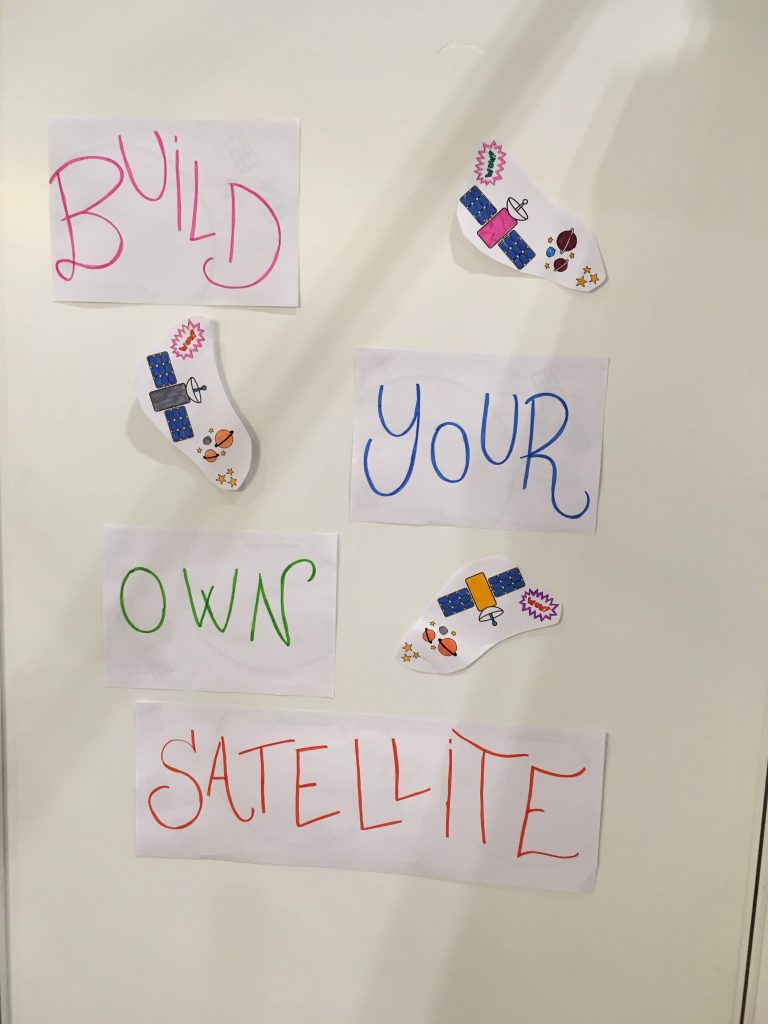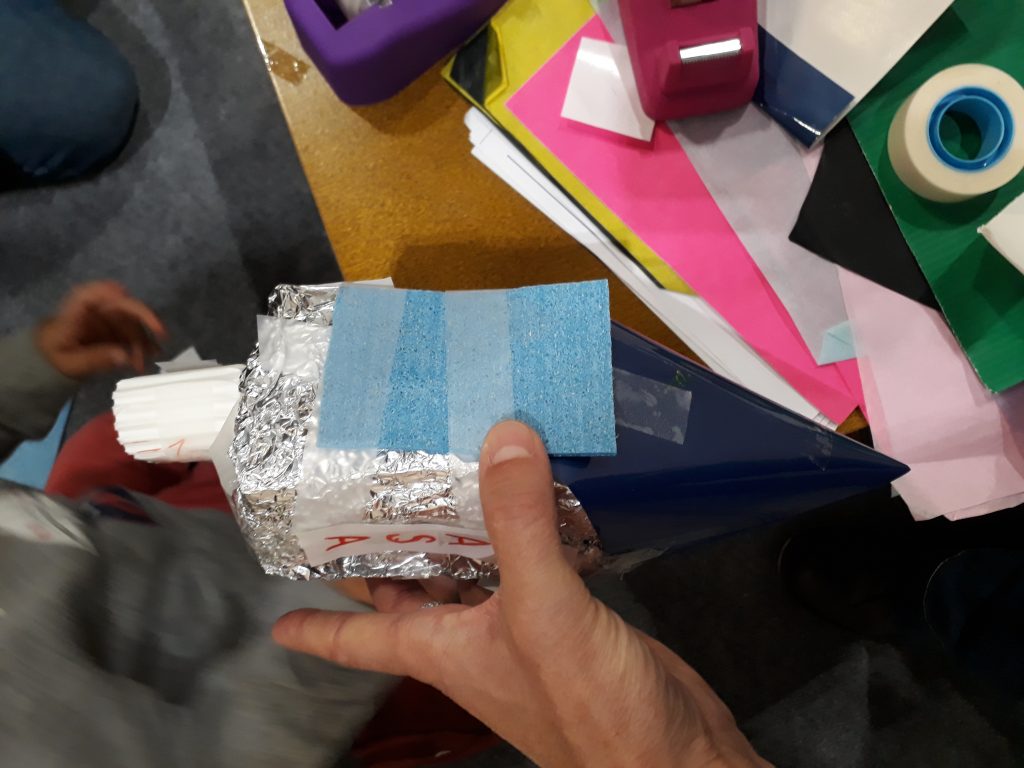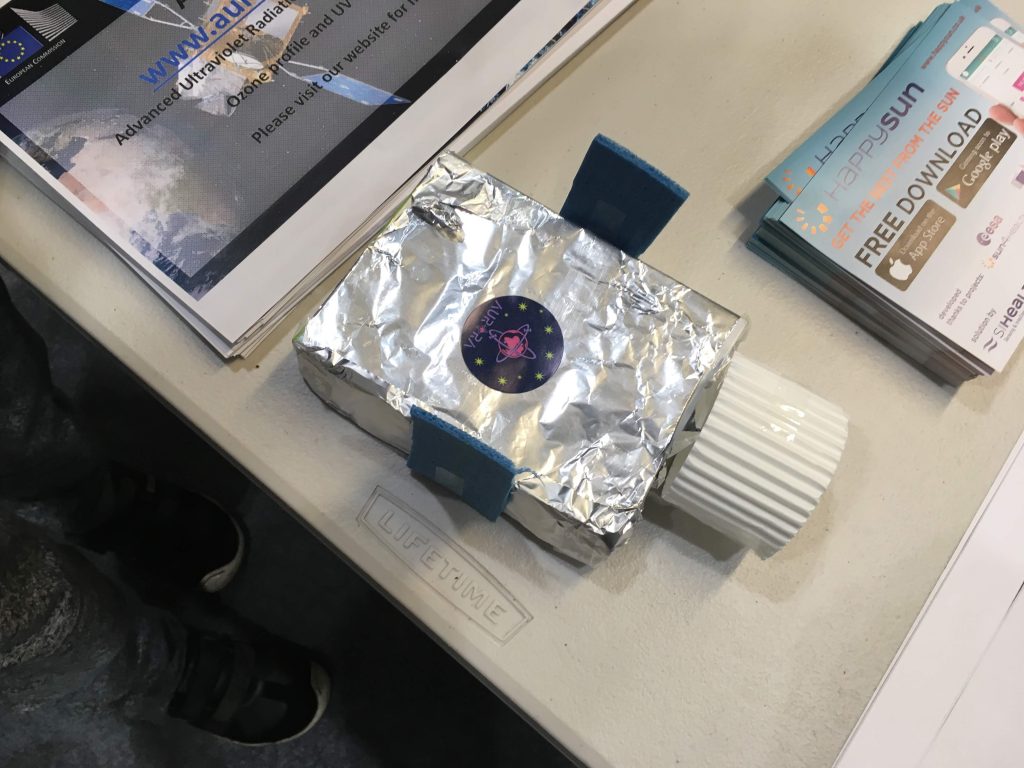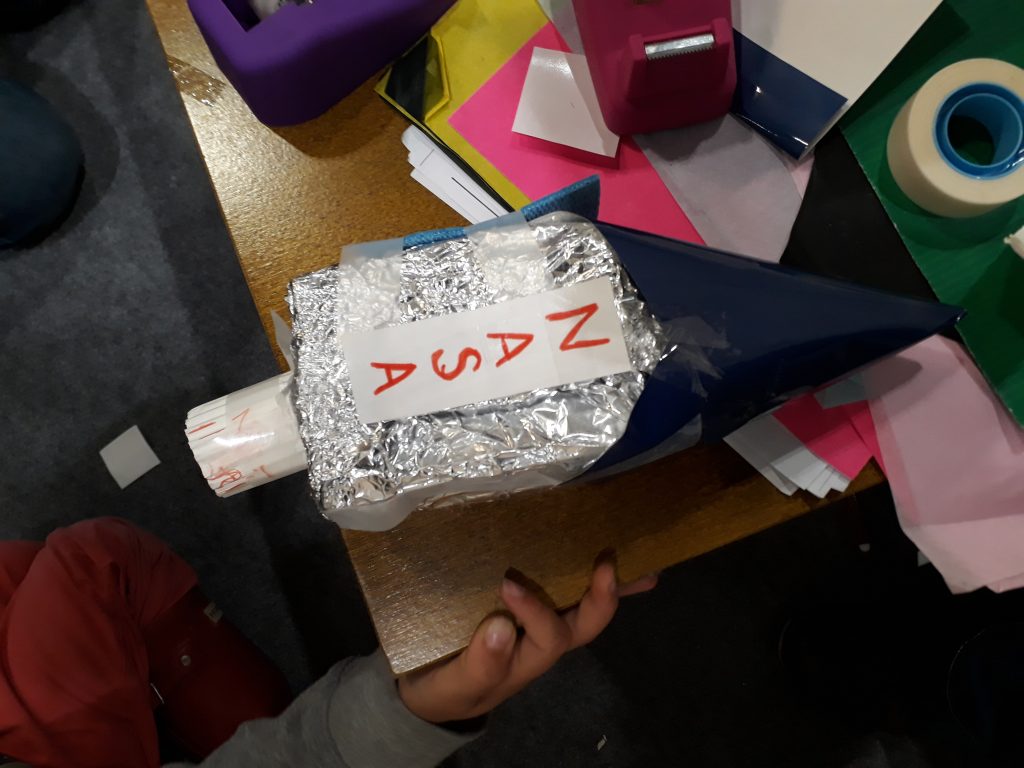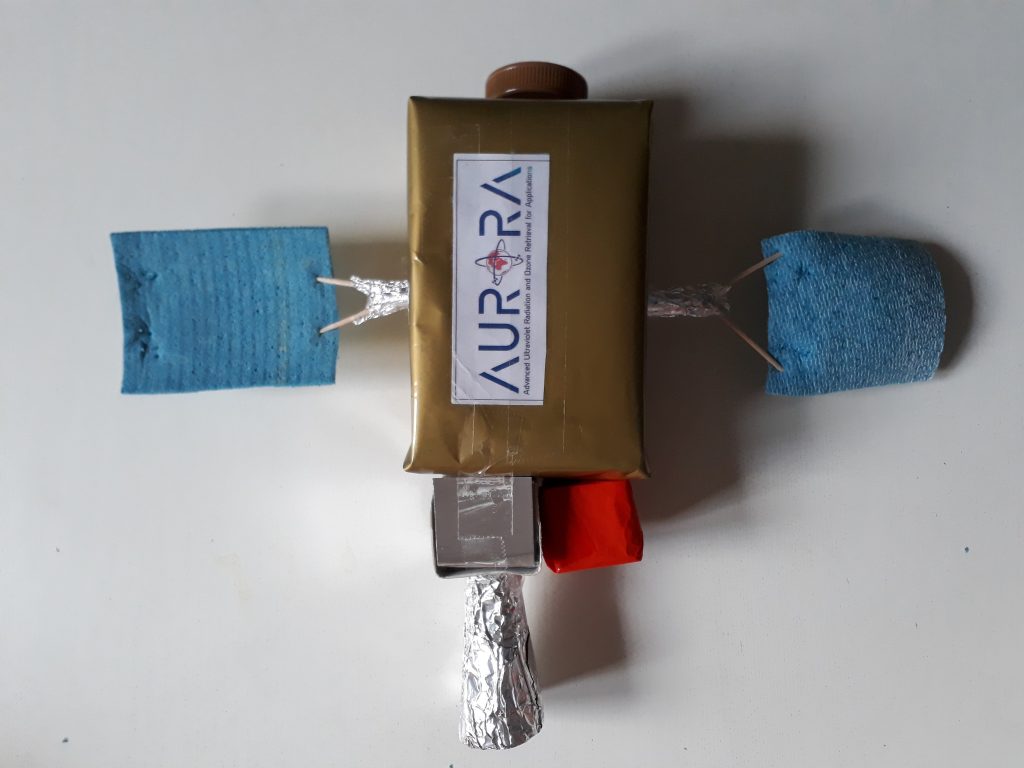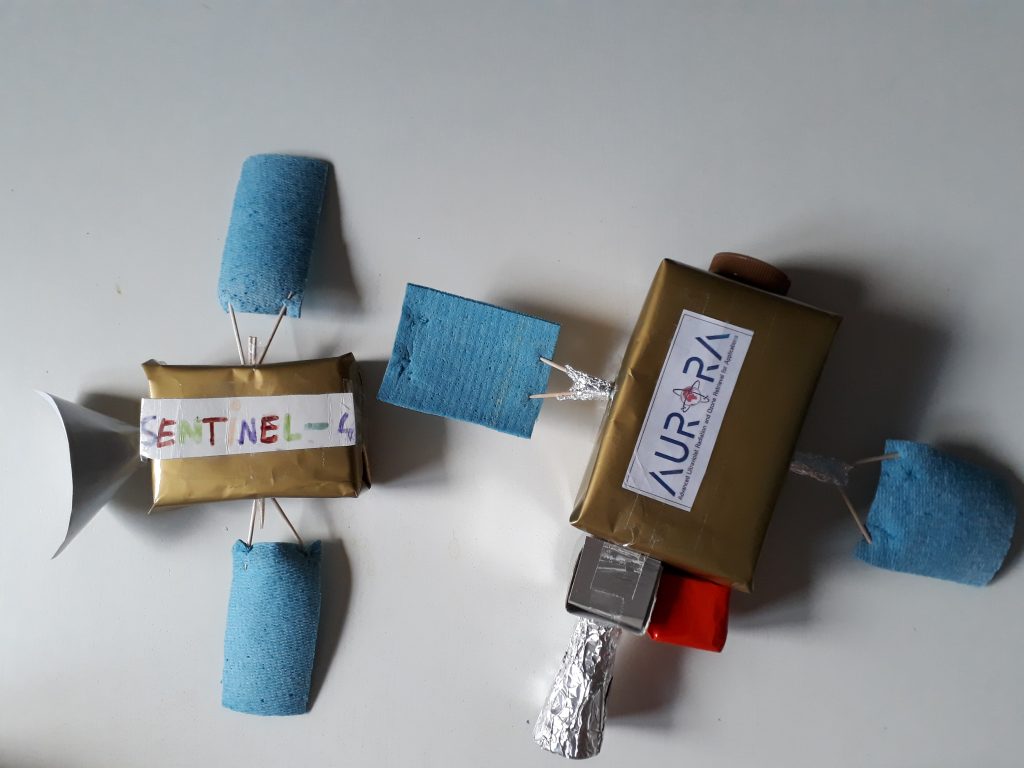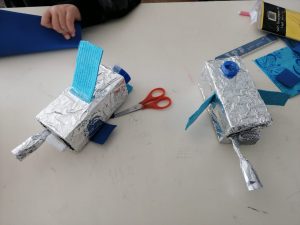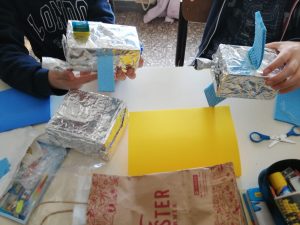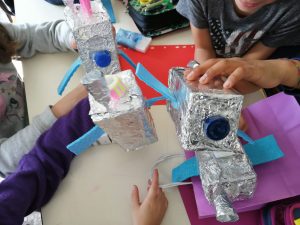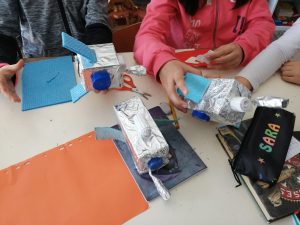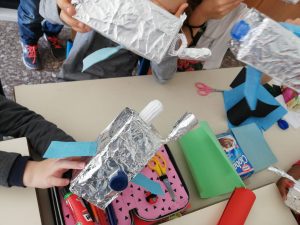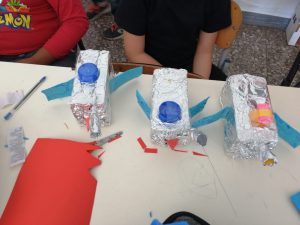We were blown away by our time at the AURORA Project Stand in the COSMOS Zone at New Scientist Live 2018. It was amazing to talk to people of all ages about Earth Observation and what it really means in our daily lives.
Working with kids and chatting to teachers at our stand, we were inspired to create an AURORA Kids Page on our web site.
Teachers, parents, aunts and uncles, grandparents….check out our material if you want to start teaching the new generation about Earth Observation, Air Quality, Ozone….in a fun way!
You can download all AURORA material free from our webpage.

